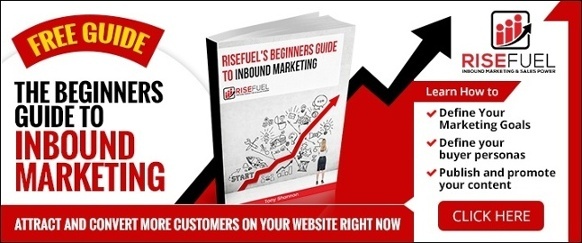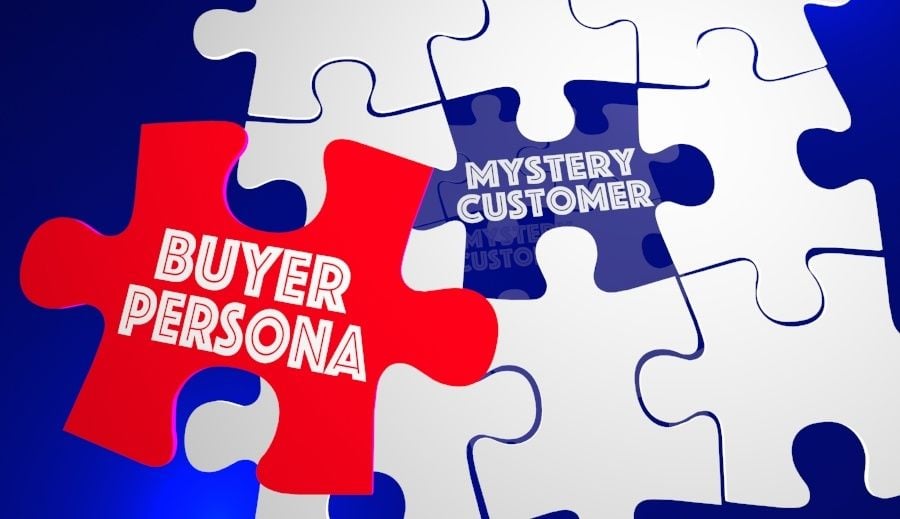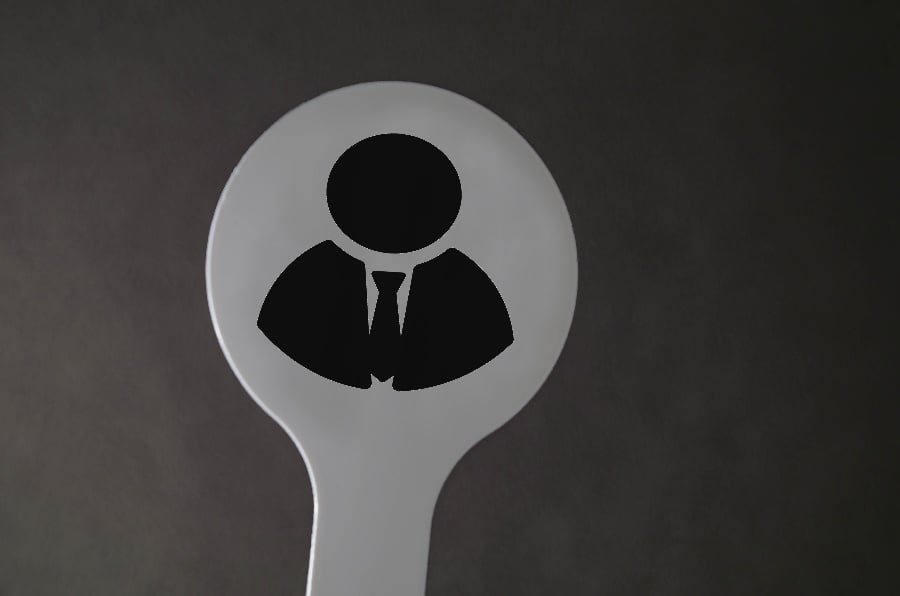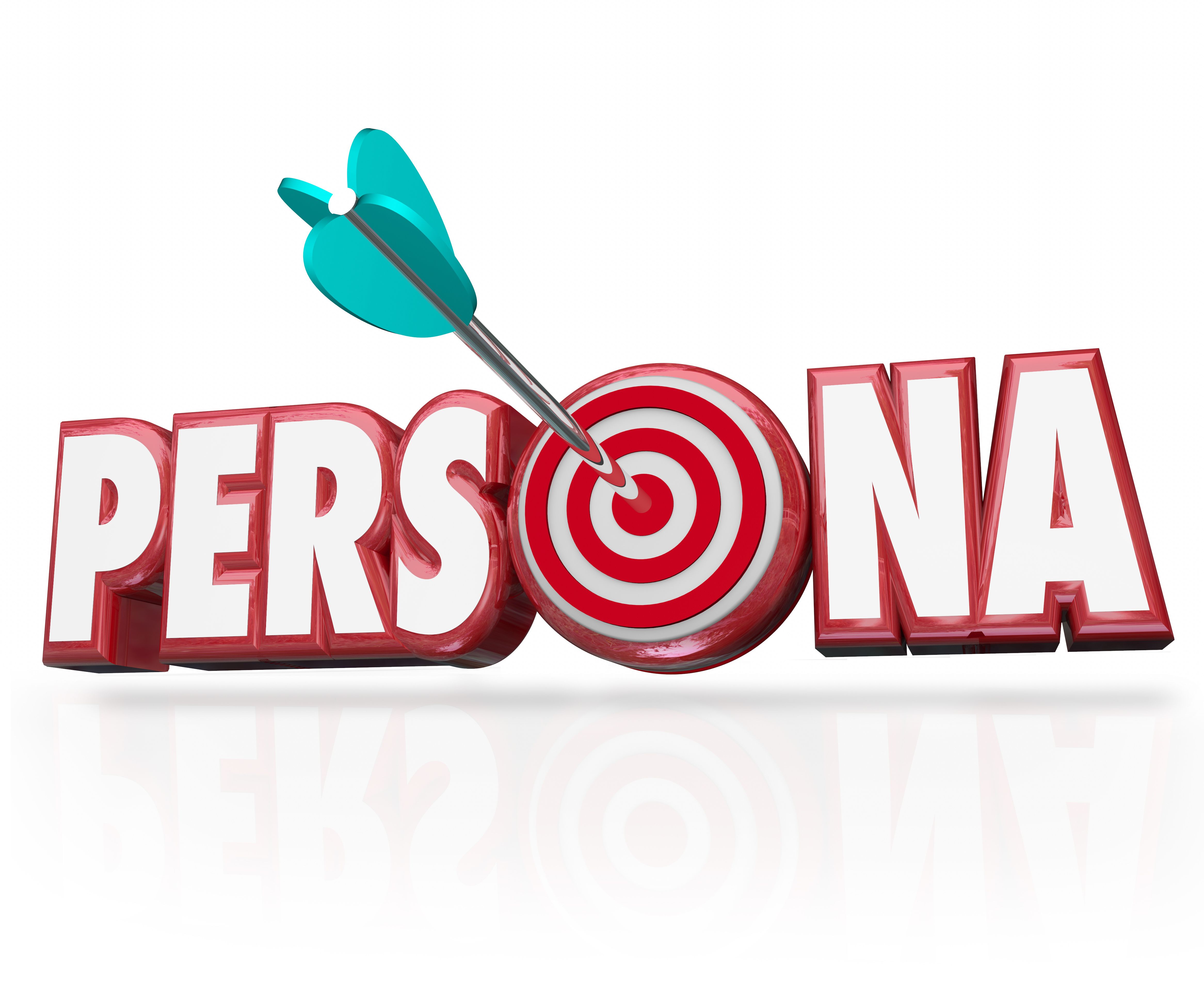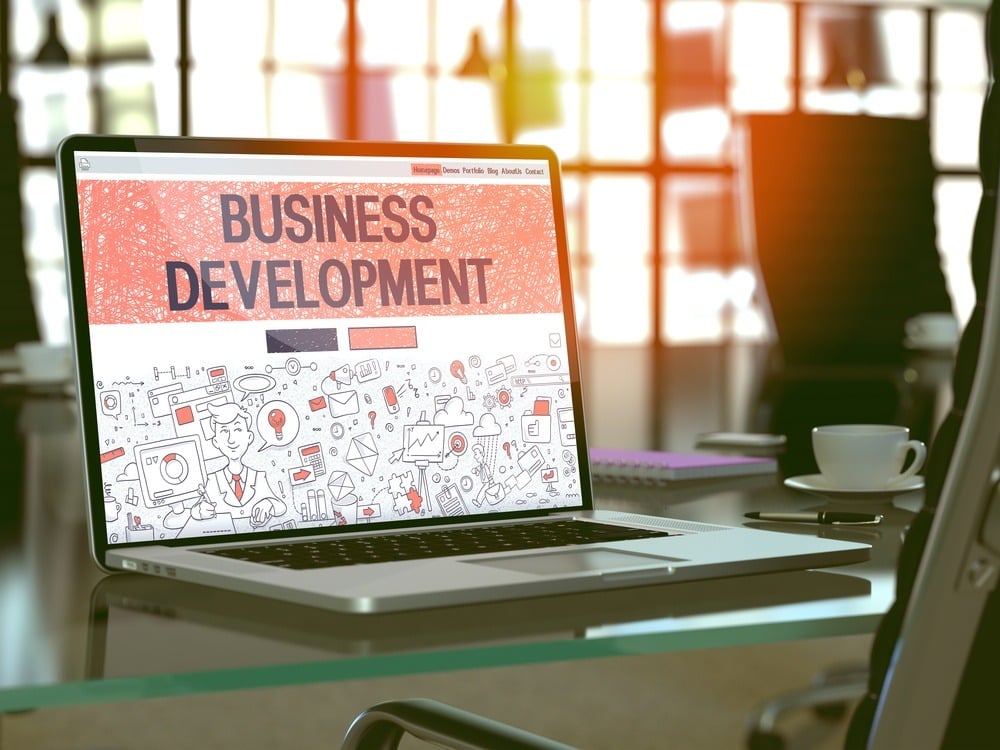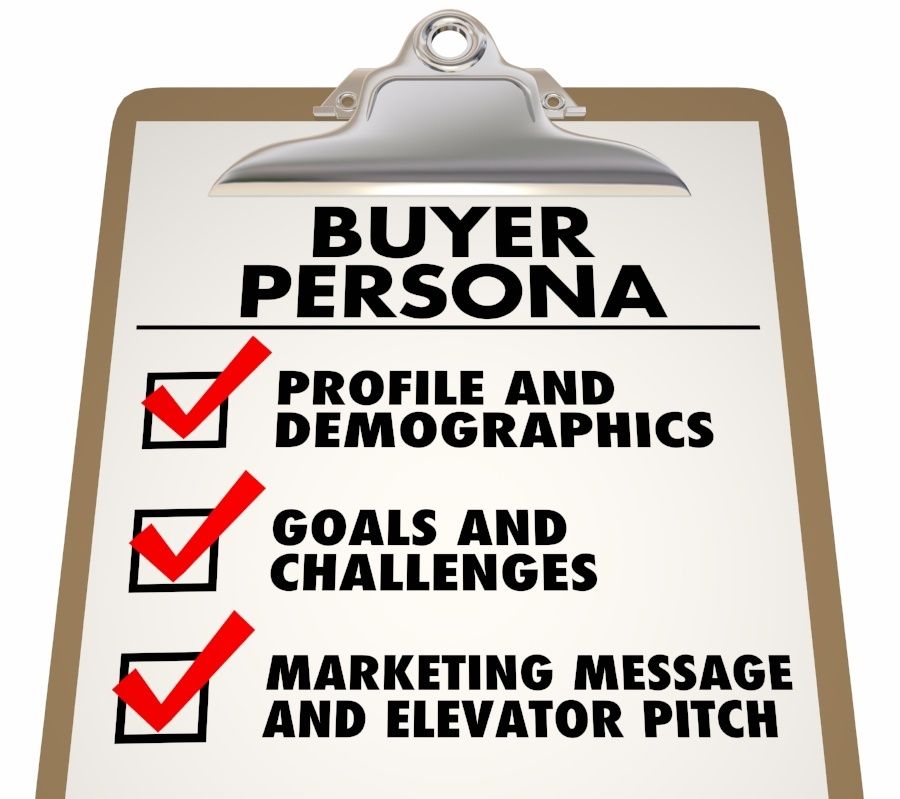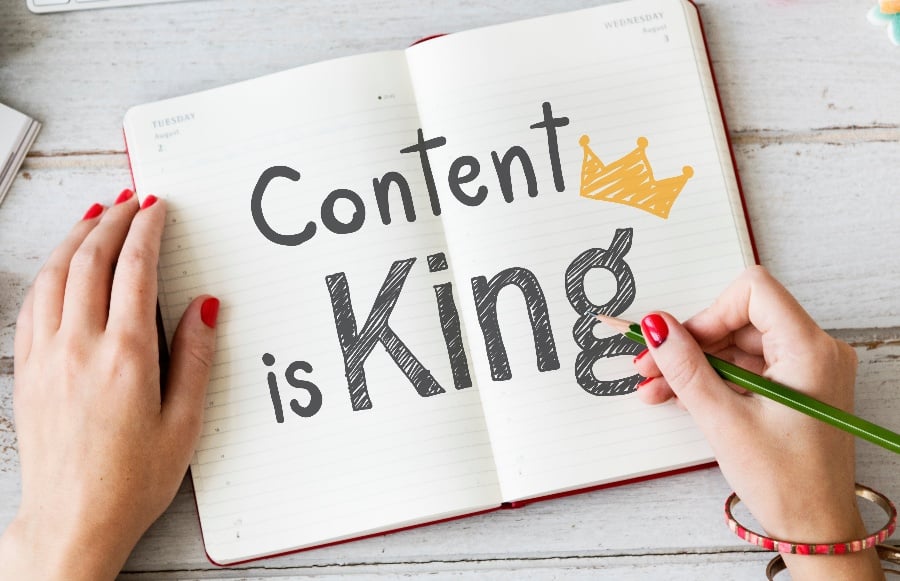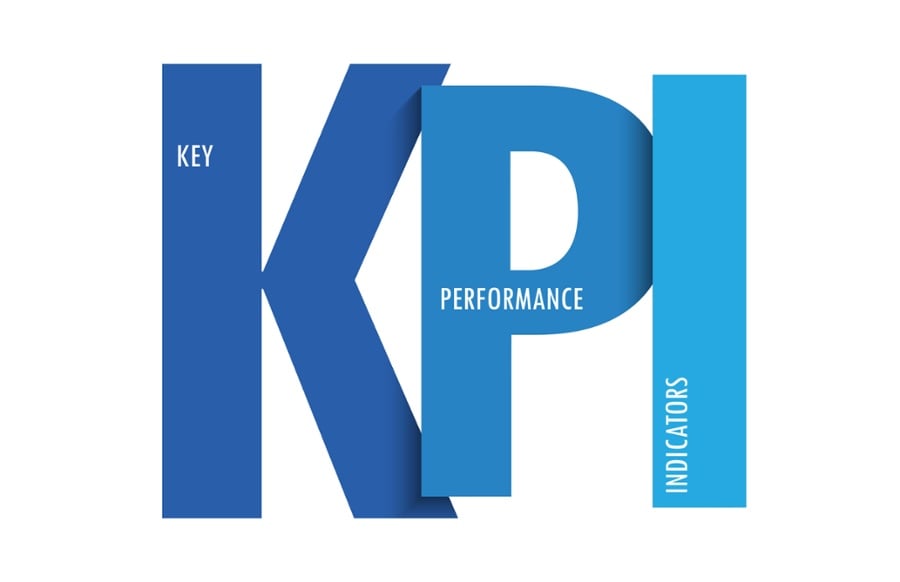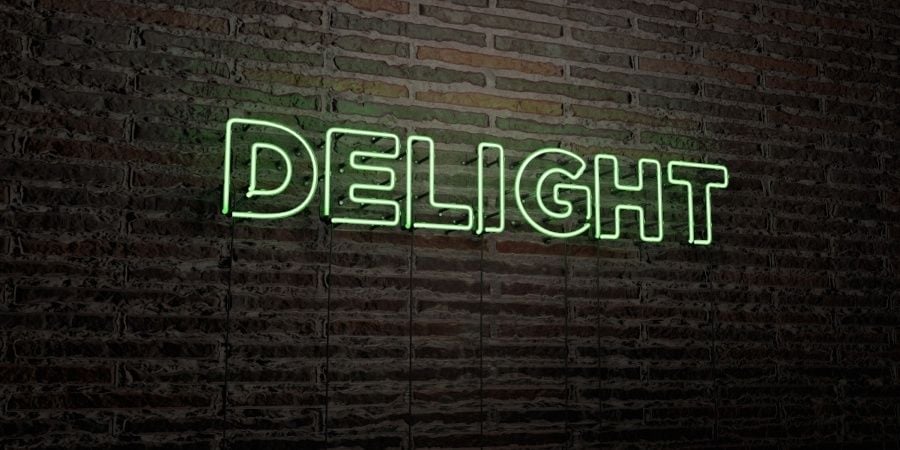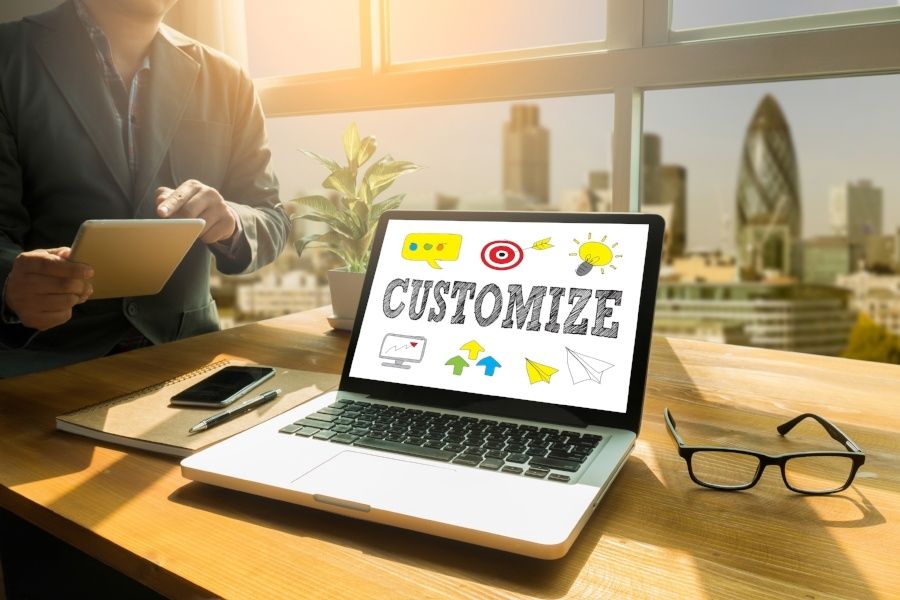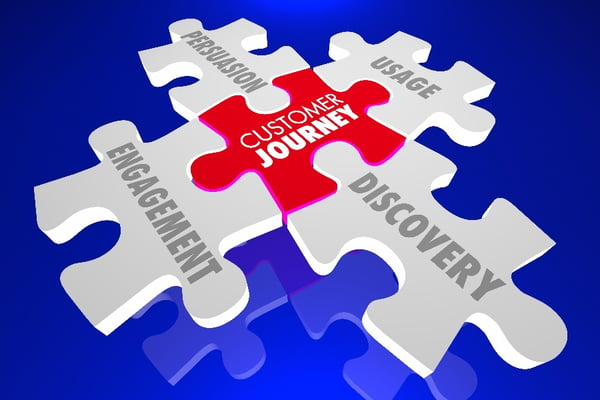
Consider what happens when you buy a new product. You probably start with a certain awareness of the product. Maybe you had it recommended to you by a friend. Or you found out about the product during a google search.
62% of customers start with a search engine query when they evaluate a new purchase.
Or you just came across it in a product listing on Amazon or another eCommerce site.
Do you just make the decision to buy the product right then and there, based on your gut? Occasionally, maybe. For small purchases at the grocery store or similar transactions.
But if it’s an expensive product, you aren’t going to throw away your hard-earned money without doing a little due diligence first.
So you start with a little research. You might look at similar products and compare prices. You may read customer reviews online and learn more about the benefits and issues that people commonly run into after buying the product.
Maybe you’ll scour social media for conversations about the product to see what others have thought.
Even if you end up going to a brick-and-mortar store to make the purchase, there is a good chance that you will do some online research first, as 67% of consumers do at least some online research before in-person purchase.
That is the buyer’s journey. It may not be a fully conscious decision on our part. It’s just a part of the risk/reward analysis that we all cognitively go through when we are making an expensive purchase.
All buyers do it. There are certain stages that buyers consistently go through on their way toward making a purchase.
A buyer’s journey map is the process of defining and mapping out the process that your customers go through on their way toward buying your product.
Building out an effective buyer’s journey map puts you in a position to better understand your customers and deliver a better experience.
Why Create Buyer Journey Maps?
A buyer’s journey map is a visual representation of the steps that your audience typically goes through on their way to becoming your customer and buying your product.
In the most effective buyer’s journey maps, you’ll include information about things that your prospects would like to know at a given time and pair that up with different types of content that you will deliver to fill those informational needs.
Mapping out these processes provides direction and transparency for your marketing team.
It creates value for your bottom line. In a recent study from the Aberdeen Group, they found that businesses that use buyer journey maps average a 79% increase in cross-selling and upselling revenue, compared to organizations that do not.
This just goes to show that companies that create, integrate, and use buyer’s journey mapping seriously have a better understanding of what their customers want and when they want it.
So why create buyer journey maps?
Because it helps you to understand your audience. It provides a simple way to pay more attention to the actions that your customers take that actually have an impact on whether or not they buy your product.
It can help you to hone in on what they want to know and when they want to know it. Then, you can prioritize the content and conversations that have the most impact on their decision to purchase.
What is the Standard Buyer’s Journey?
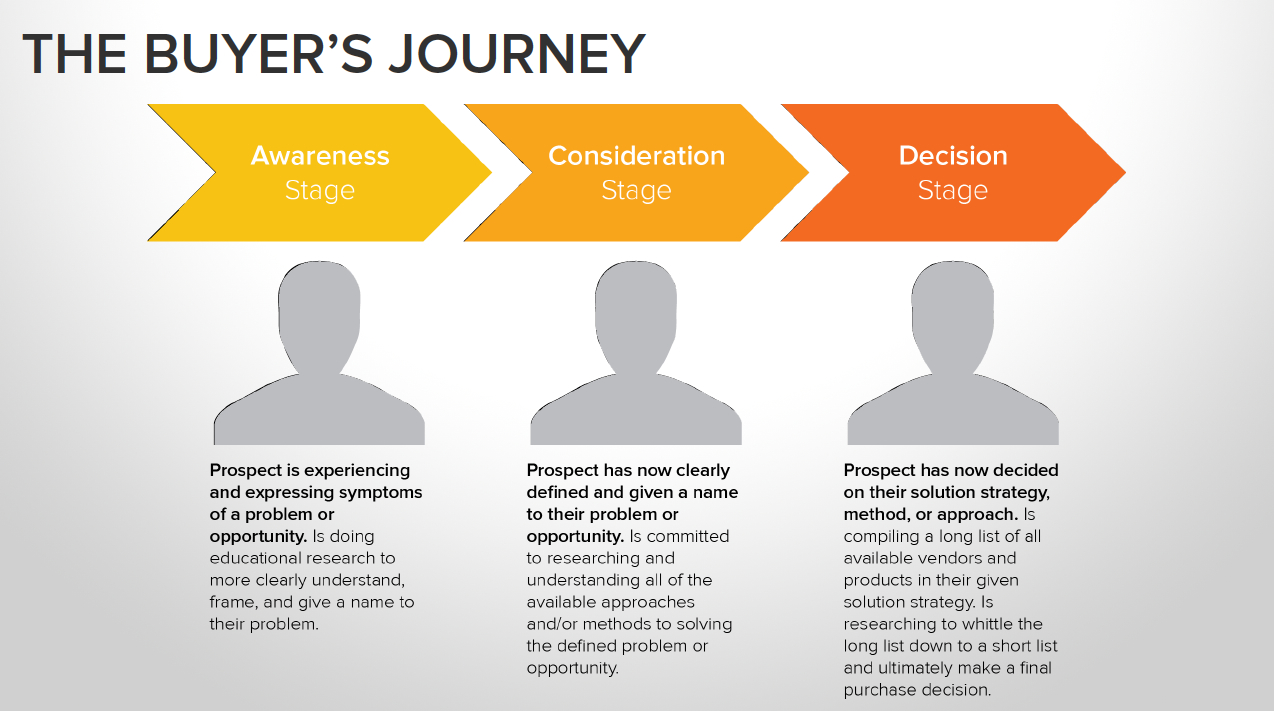
Source: HubSpot
Although you can always custom-tailor your buyer’s journey map to the specific route that your customers typically take in engaging with your business, there is a standard buyer’s journey that is common in most B2B purchases, known as the ‘hourglass model.’
The hourglass buyer’s journey model has been a staple in B2B marketing for decades.
The different stages include:
- Awareness stage
- Consideration stage
- Decision stage
- Retention stage
- Advocacy stage
This is the process that a majority of customers go through on their way toward buying a product.
In each stage, there are different actions that a customer may take, information that they may look for, and content that they will want to engage with as they make their decision.
By mapping out the different processes and content that you will share with prospects in each stage, you begin to map out the process of walking your customers through the buying decision.
By being that source of information that they need throughout the process, you create trust with the customer as they compare you to your competition.
A better buying experience means more loyal customers, higher-value customers, and a better reputation among your prospects.
Let’s take a look at each stage in the buyer's journey.
Awareness Stage
In the awareness stage, the buyer first realizes that they have a problem. They are able to identify the issue and are beginning their search for a solution.
Here, they may not even fully be aware of the type of solution that they are going to need to solve the problem, that is just a part of their broader research.
Pay careful attention to how your customers talk about their goals and challenges when they first discover your product and begin engaging with your team. What problems are they looking to solve?
They may well think their problem is one thing, only to discover that the problem is bigger than they originally considered. It’s during this stage that they are still feeling out whether their problem is a big enough priority to warrant an investment from their business.
Here, you want your prospects to consider the effect of inaction on their part. You want them to see that without a solution, their problems will only continue.
You’ll also want to answer common misconceptions that they may have at this point in the process — both about the issue that they are experiencing as well as about your solution, or other potential solutions.
Hone in on what considerations ultimately make them decide whether or not they should prioritize their problem. When you know what changes their mind, you can craft marketing materials that help to drive that point home.
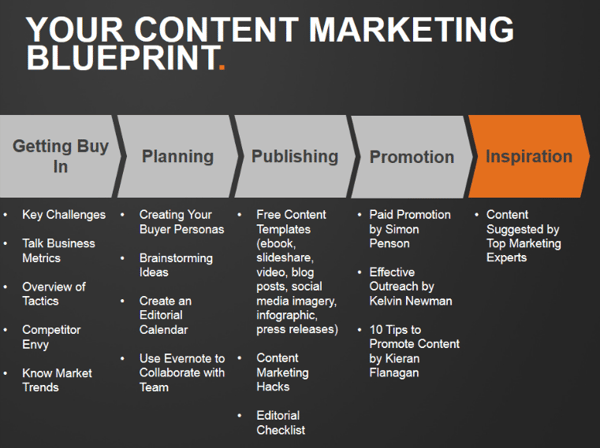
Here, you’ll deliver several different types of content to your prospects to help them educate themselves on their problem and potential solutions.
Content types that are common in the awareness stage include:
- Blog posts
- eBooks
- White papers
- Analyst and research reports
- Educational content
Consideration Stage
In the consideration stage, buyers have defined a clear goal and have decided that it needs to be addressed. Your solution will be one of a number that they are considering and looking at. They are committed to addressing their problems at this point.
Here, they will begin to evaluate several different solutions in earnest. They are looking at features, benefits, pricing — anything that they need to help them make the right decision for their business.
But remember that in the consideration stage, your prospects may still be figuring out what types of solutions will give them the best results. There are multiple different ways to skin a cat, and your job is to show your prospects that your way is the best way.
Understand how your buyers typically educate themselves on the different solutions available to them. Knowing how they learn about them is just as important as knowing what the solutions themselves are.
How do they typically view the pros and cons of each category? What categories do they typically lean toward in the beginning? What solutions push them in another direction?
Position yourself as an authority and deliver marketing content that walks them through the process.
These are the questions that you want to answer in the consideration stage.
The types of content that you will typically deliver during this stage include:
- Expert guides
- Product category comparisons
- Webinars
- Podcasts
- Longform content
- White papers
Decision Stage
Now it's time to come to a conclusion. In the decision stage, buyers have settled on a solution category. If they are still engaging with your business, congratulations, because they have settled on your category.
Now they have to narrow things down. They may have several different solutions that they are considering in your category. In order to effectively communicate with your prospects in the decision stage, you have to key in on a few different things surrounding their purchase.
First, know their criteria. How did they evaluate solutions? What are the exact features or benefits that they were most interested in as they looked at the options that were available in front of them?
What do they like about your offering? What do they like about the competition? Ultimately, you’ll need to convince them that you are the best choice for the things that they care most about.
Another consideration is who needs to be involved in their decision. Are there going to be multiple stakeholders? If there are, are they all at the same point in the buyer’s journey? Or do they need further education as well?
Understanding what drives each individual stakeholder inside of an organization is critical. Today there are an average of 6.8 stakeholders involved in the enterprise decision-making process.
The types of content that you should be delivering to prospects that are in the decision stage of the buyer's journey map include:
- Product comparisons
- Case studies
- Trial downloads
- Live demos
- Product spec sheets
Retention Stage
Now your customer makes a purchase. That doesn’t mean the customer journey ends. In fact, the most important part of the customer journey is just beginning, particularly if you want to turn them into lifelong customers.
For subscription businesses, the retention stage is arguably the most important part of the process. You’ve already invested in acquiring the customer, now you have to focus on keeping them.
In this stage, it’s all about learning about your customers and their needs. How can you improve? What has the experience been like from their perspective? Are they getting everything they can out of your solution? Are they applying it right?
Retention is critical. It’s so critical, that customer success departments have become increasingly common as an additional customer-facing wing to your customer support reps.
In inbound marketing, this stage is known as the “delight” stage. Your goal should be to provide an exceptional experience to your customers and cater to their needs to the best of your ability.
To do that, you’ll need to have ongoing conversations that make your customers feel heard. Additionally, you’ll need to continue to deliver valuable content that helps them to make the most out of their investment in your solution.
Content delivered in this stage includes:
- Product usage guides
- Feature spotlights
- Mini-demos
- Customer success content
Advocacy Stage
Once you have delighted your customers, then you can focus on turning them into advocates. Give them opportunities to share your solution with like-minded individuals.
If your customers love you, they will love sharing your solution with others.
Providing benefits through referral programs can be a great way to incentivize advocacy, but the best way is to ensure that you are providing a stellar service to each and every customer that comes through your door.
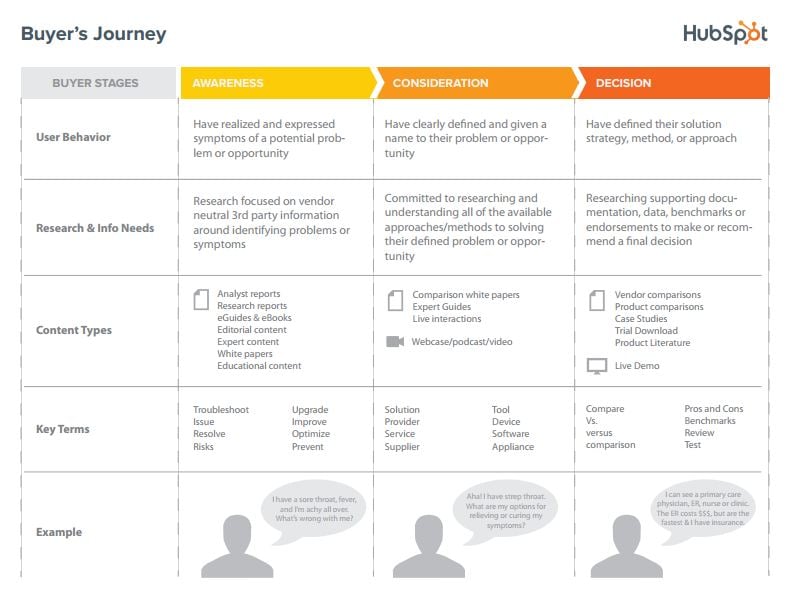
Source: Business 2 Community
Buyer Journey Maps Critical to Understanding Customers
Using buyer journey maps to better understand your customers is a necessity for modern companies. The more that you can know and learn about your prospects and customers, the better that you will be able to serve them throughout the buying process.
Ultimately, creating these maps is about giving yourself a visual tool that you can use to better understand what information your customers will need to aid their purchasing decision and when they will need it.
Refining your buyer’s journey will help you to increase marketing qualified leads and sales qualified leads, improving conversion rates over time.
Here at RiseFuel, we use the buyer’s journey to inform the inbound marketing strategies that we put together for our clients.





